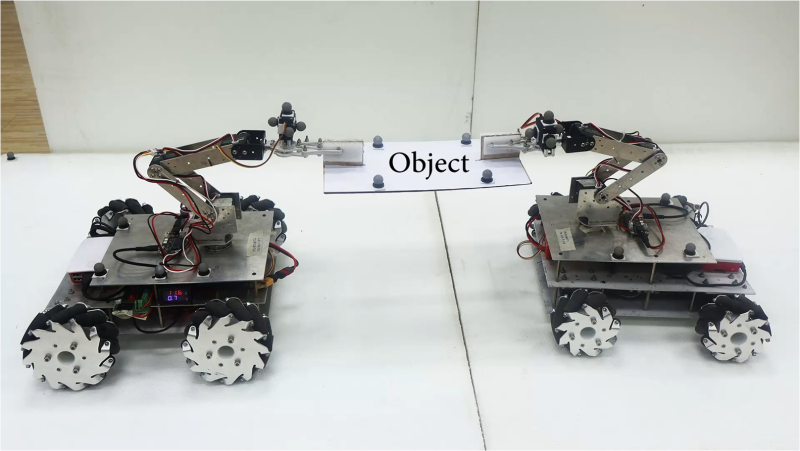Did you know that there are 583 species of carnivorous plants around the world, which derive nutrition by eating other animals like insects? They are usually found in areas with poor soil quality, like marshes and bogs, that cannot provide these plants with all the nutrition they need. These soils are known to be especially poor in nitrogen. Hence, the plants have evolved the ability to catch and digest insects, which are a good source of protein -- and thus, nitrogen.
A recent study on carnivorous plants has examined the digestive juices secreted by four carnivorous plants from around the world: Cephalotus follicularis, a pitcher plant and Drosera adelae, the lance-leaved sundew, both from Australia; Nepenthes alata a pitcher plant from the Phillipines, and Sarracenia purpurea, the purple pitcher plant found in the US. These four species have each evolved a carnivorous lifestyle independently. This is an example of convergent evolution where, species not sharing an immediate common ancestor evolve similar adaptations to perform a certain function.
The researchers also examined the genetics behind these digestive enzymes. All enzymes were produced by genes modified from an ‘ancestral’ gene that codes for proteins involved in a plant’s response to biotic or abiotic stress.
Environmental stress in other plants forces adaptations like a cactus’ spines that evolved to tolerate drought. But in carnivorous plants, stress has resulted in the development of digestive enzymes to procure nutrients from sources other than the soil. This discovery highlights the marvellous process of recycling seen in nature, where existing genes are re-purposed in a novel way to adapt to different environments.
